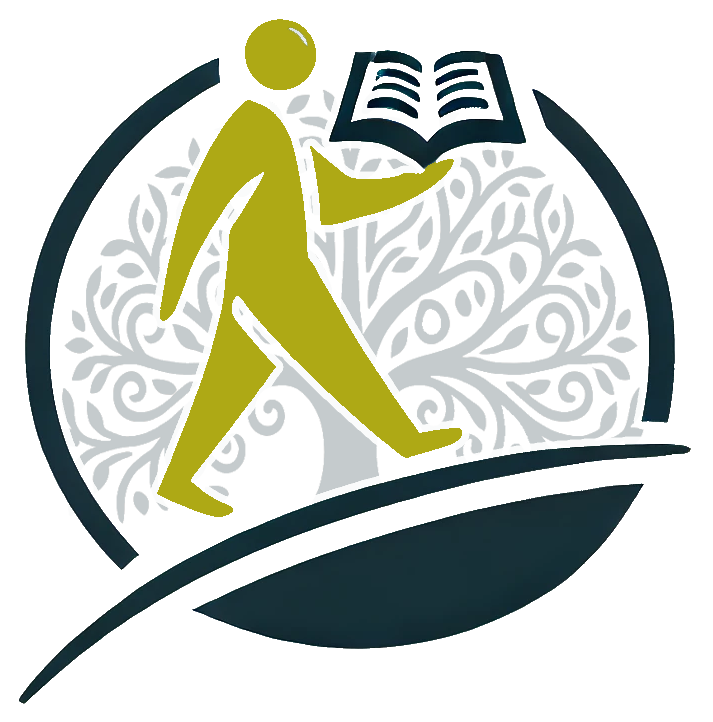The Book of Psalms, often referred to as the “hymnbook” of the Bible, is a collection of 150 individual psalms, composed over many centuries by various authors, including King David, Asaph, the sons of Korah, and others. The psalms cover a wide range of human emotions, from joy and praise to lament, fear, and repentance. They serve as prayers, songs of worship, and reflections on God’s character and His relationship with humanity.
The psalms are divided into five books, mirroring the five books of the Torah, and they express deep theological truths about God’s sovereignty, faithfulness, mercy, and justice. Psalms are often used in worship, meditation, and prayer, giving believers language for both personal and corporate encounters with God.
Breakdown of the Book of Psalms
- Book 1 (Psalms 1-41): Foundational Themes of Faith and Trust in God
The first book of Psalms includes many written by David. It focuses on themes of God’s justice, the importance of the righteous path, and trust in God during times of trouble. Psalm 1 introduces the dichotomy between the righteous and the wicked, while Psalm 23 beautifully portrays God as a shepherd who guides and protects His people. Psalms in this section often reflect David’s experiences of seeking God amid danger and distress. - Book 2 (Psalms 42-72): Longing for God and His Deliverance
This section features psalms that express a deep longing for God’s presence, often in the context of exile or hardship. Psalm 42 begins with the famous line, “As the deer pants for streams of water, so my soul pants for you, O God.” Many of these psalms reflect the struggles and cries of the people for deliverance, while also affirming God’s faithfulness and promises. - Book 3 (Psalms 73-89): Crisis and Questioning
The psalms in Book 3 reflect a more somber tone, wrestling with the problem of evil and the apparent triumph of the wicked. Psalm 73 deals with the perplexing reality that the wicked often prosper while the righteous suffer, while Psalm 88 is one of the most lament-filled psalms, expressing despair. These psalms demonstrate that even in the darkest moments, believers are encouraged to turn to God. - Book 4 (Psalms 90-106): God’s Sovereignty and Eternal Reign
This section shifts the focus back to God’s eternal nature and sovereign rule over creation. Psalm 90, attributed to Moses, reflects on the brevity of life and God’s eternal existence. Many psalms in this book emphasize God’s kingship, such as Psalm 93, “The Lord reigns, He is robed in majesty.” These psalms remind believers that despite earthly chaos, God remains in control. - Book 5 (Psalms 107-150): Praise, Thanksgiving, and Messianic Hope
The final book of Psalms is filled with songs of praise and thanksgiving, often reflecting the hope of God’s future deliverance and the coming Messiah. Psalms like 118 celebrate God’s steadfast love, while Psalm 119, the longest psalm, is a meditation on the beauty of God’s law. The final psalms (146-150) are pure declarations of praise, encouraging all of creation to praise the Lord.
Key Themes in the Book of Psalms
- Worship and Praise: The psalms are filled with praises for God’s character—His faithfulness, power, mercy, and sovereignty. They model both individual and corporate worship, showing how to express reverence and love for God.
- Lament and Trust: Many psalms are cries of lament, as the psalmists pour out their hearts to God in times of distress. However, these laments often conclude with expressions of trust and hope in God’s deliverance.
- God’s Kingship and Sovereignty: Throughout the Psalms, God is portrayed as the sovereign ruler of the universe. He reigns over all creation, and His kingdom is eternal. This theme is especially prominent in the royal and enthronement psalms (e.g., Psalm 47, 93, 99).
- Messianic Psalms: Several psalms are considered messianic, pointing forward to the coming of Christ. Psalms like 2, 22, and 110 foreshadow the suffering, kingship, and ultimate victory of the Messiah.
- The Righteous and the Wicked: The Psalms often contrast the way of the righteous with that of the wicked, teaching that righteousness leads to God’s favor and blessing, while wickedness brings destruction.
- Creation and Nature: Many psalms reflect on the beauty and majesty of God’s creation (e.g., Psalm 19, 104). These psalms invite readers to see the natural world as a reflection of God’s glory.
Related Scholarly Commentary
- Tremper Longman III, in Psalms (Tyndale Old Testament Commentaries), offers insights into the structure and theology of the Psalms, focusing on their role in Israel’s worship and their relevance for contemporary believers.
- Walter Brueggemann, in The Message of the Psalms, provides a theological interpretation of the Psalms, classifying them into categories of orientation, disorientation, and new orientation, which reflect the human experience of faith.
- Derek Kidner, in Psalms 1-72 and Psalms 73-150 (Tyndale Old Testament Commentaries), provides a pastoral and devotional approach to understanding the Psalms, offering reflections on their use in prayer and worship.
Conclusion
The Book of Psalms is a deeply rich and spiritually nourishing collection that provides believers with prayers, songs, and reflections on every aspect of life. From the heights of praise to the depths of lament, the Psalms express the full range of human emotion in response to God’s presence, justice, and faithfulness. The psalmists teach believers how to engage with God honestly, whether in times of joy or sorrow, and model what it means to live a life centered on worship and trust in God. Through the Psalms, we see that God is both the majestic Creator and the personal, present Shepherd who walks with His people through every season of life.
